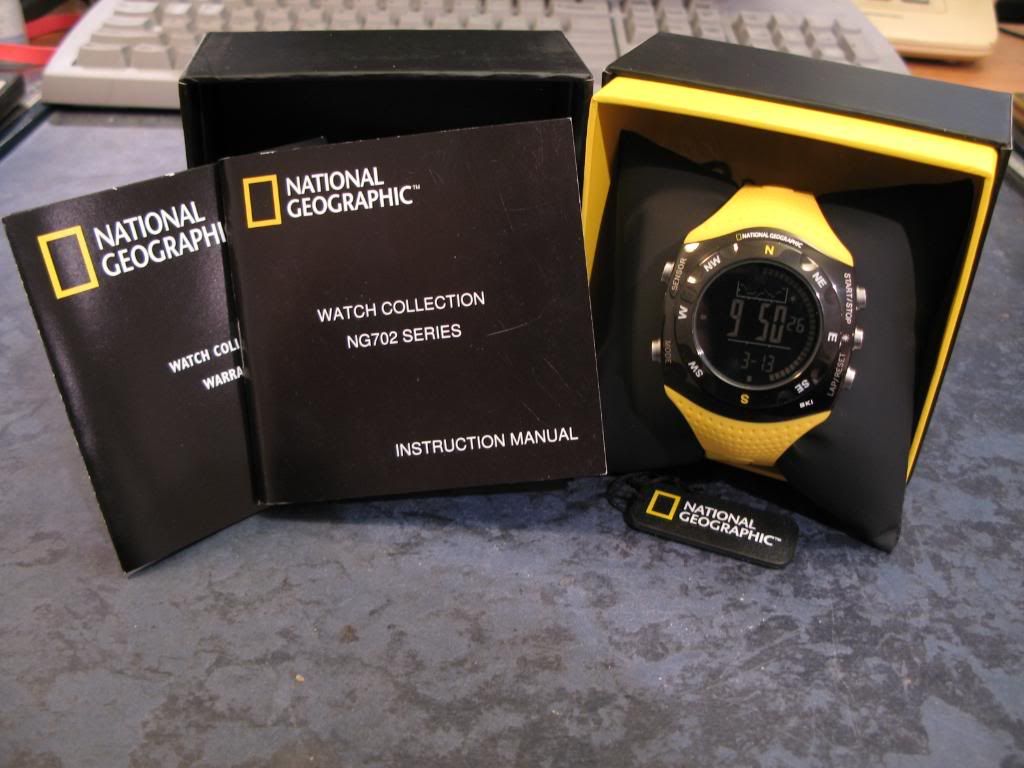National Geographic Super Weather Station Manual


A runs through a checklist during Global Positioning System satellite operations. The Global Positioning System ( GPS), originally Navstar GPS, is a space-based system owned by the government and operated by the. It is a that provides and time information to a anywhere on or near the Earth where there is an unobstructed line of sight to four or more GPS satellites. The GPS does not require the user to transmit any data, and it operates independently of any telephonic or internet reception, though these technologies can enhance the usefulness of the GPS positioning information. The GPS provides critical positioning capabilities to military, civil, and commercial users around the world. The United States government created the system, maintains it, and makes it freely accessible to anyone with a The GPS project was launched by the in 1973 for use by the United States military and became fully operational in 1995.
It was allowed for civilian use in the 1980s. Advances in technology and new demands on the existing system have now led to efforts to modernize the GPS and implement the next generation of satellites and Next Generation Operational Control System (OCX). Announcements from Vice President and the in 1998 initiated these changes. In 2000, the authorized the modernization effort,.
WKDK.com Photo Page We want to see YOUR photos! We may even feature yours on this page and mention your name on the air!
View and Download Ford Super Duty owner's manual online. Super Duty Automobile pdf manual download. O: ostwarts: O: Osten, Orientalis, Orien, Oriente, Orientis = East: OAB: Operational advisory broadcasts: OAC: Osterreichischer Automobil Club: OACES: Oregon. National Geographic Super Weather Station Manual. We work to lower energy bills, reduce flooding, improve access to healthier food, and make it cheaper and easier for everyone to get around. And when polluters threaten communities, our lawyers go to court on their behalf. National Geographic Super.
In addition to GPS, other systems are in use or under development, mainly because the US government can selectively deny access to the system, as happened to the Indian military in 1999 during the, or degrade the service at any time. The Russian Global Navigation Satellite System () was developed contemporaneously with GPS, but suffered from incomplete coverage of the globe until the mid-2000s.
GLONASS can be added to GPS devices, making more satellites available and enabling positions to be fixed more quickly and accurately, to within two meters. There are also the European Union, China's, India's and Japan's. Contents • • • • • • • • • • • • • • • • • • • • • • • • • • • • • • • • • • • • • • • • • • • • • • • • • History [ ] The GPS project was launched in the United States in 1973 to overcome the limitations of previous navigation systems, integrating ideas from several predecessors, including a number of classified engineering design studies from the 1960s. The developed the system, which originally used 24 satellites. It was initially developed for use by the United States military and became fully operational in 1995. It was allowed for civilian use in the 1980s. Drivers License Swipe Datalounge. Of the, of, and of the are credited with inventing it.
The design of GPS is based partly on similar ground-based systems, such as and the, developed in the early 1940s and used by the British Royal Navy during. Proposed a test of — detecting time slowing in a strong field using accurate placed in orbit inside artificial satellites. And predict that the clocks on the GPS satellites would be seen by the Earth's observers to run 38 microseconds faster per day than the clocks on the Earth. The GPS calculated positions would quickly drift into error, accumulating to 10 kilometers per day. This was corrected for in the design of GPS.
Predecessors [ ] When the launched the first artificial satellite ( 1) in 1957, two American physicists, and, at Johns Hopkins University's (APL) decided to monitor its radio transmissions. Within hours they realized that, because of the, they could pinpoint where the satellite was along its orbit. Torrent Mahjong Suite there. The Director of the APL gave them access to their to do the heavy calculations required.
The next spring, Frank McClure, the deputy director of the APL, asked Guier and Weiffenbach to investigate the inverse problem — pinpointing the user's location, given that of the satellite. (At the time, the Navy was developing the submarine-launched missile, which required them to know the submarine's location.) This led them and APL to develop the system. In 1959, ARPA (renamed in 1972) also played a role in TRANSIT. Plant Tycoon Crack Torrent there. Emblem of the The first satellite navigation system, TRANSIT, used by the, was first successfully tested in 1960. It used a of five satellites and could provide a navigational fix approximately once per hour.